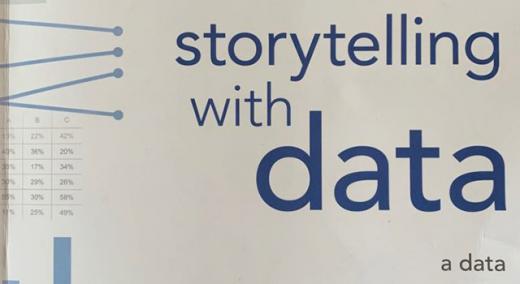One of the most practical data visualization books for my clients is Storytelling With Data (Wiley, 2015). So, this is a longer-than-usual book review of this modern classic.
|
ADVERTISEMENT |
I say that because it is not just accessible for those with no background in data visualization. The book also focuses on the kind of charts most analysts produce. You won’t find admonitions to keep updated with the latest packages for R or Python. You won’t be overwhelmed by award-winning data-viz art.
But before I rush in with too much enthusiasm, let me tell you a little about the author. Cole Nussbaumer Knaflic started her data viz career at Google. There she honed her craft and transformed the company’s People Operations with incisive charts. She has since gone on to found Storytelling with Data, her own training and consulting business.
…

Comments
Line and Bar Charts Won't Tell Quality Improvement Stories
Line and bar charts with trendlines usually fail to illustrate improvement because they do not have a goodness of fit metric above 50%. Line and bar charts are the "Dumb and Dumber" of charts. To tell Six Sigma improvement projects you will need smart charts--charts that went to college and took statistics.
Quality Improvement Stories can be told easily:
Control charts will be required to sustain (i.e., control) the performance after improvement. Otherwise, the improvement decays over time.
Download my free Lean Six Sigma Action Plan to understand quality improvement and problem solving with charts and data.
Add new comment